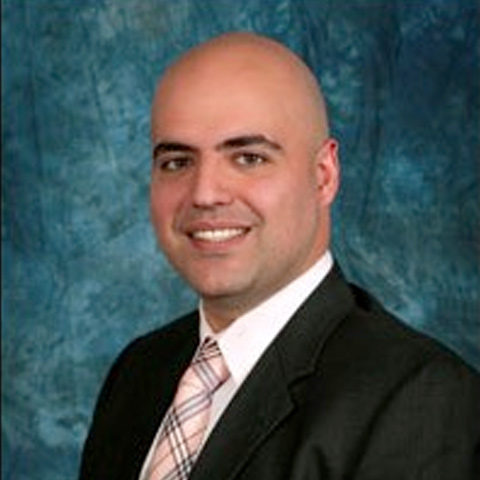 Shunt surgery is performed in order to treat water on the brain and relieve pressure. A narrow piece of tubing is inserted into a small hole in the skull and then into the brain in a ventricle filled with fluid. The tubing then passes under the skin into another part of the body where the water can be absorbed.
Shunt surgery is performed in order to treat water on the brain and relieve pressure. A narrow piece of tubing is inserted into a small hole in the skull and then into the brain in a ventricle filled with fluid. The tubing then passes under the skin into another part of the body where the water can be absorbed.
There is more than one variation of shunt surgery, and the kind received depends on each patient’s diagnosis and symptoms:

- Fixed pressure – Shunts with valves that drain at a set rate
- Programmable – Can be adjusted to allow for less or more fluid to drain (must be reset each time the patient has an MRI)
- Ventriculo-peritoneal – Shunt goes from the brain to the abdominal cavity (this is the most common)
- Ventriculo-pleural – Shunt goes from the brain to pleural space outside the lungs
- Ventricular-atrial – Shunt goes from the brain to the right atrium in the heart
General anesthesia is often used for shunt surgery, and a breathing tube may be used. Weakness, balance problems, and trouble walking and talking can follow shunt surgery. It is very important to follow post-procedure instructions provided by the doctor, which will likely include directions to gradually increase activity levels.





